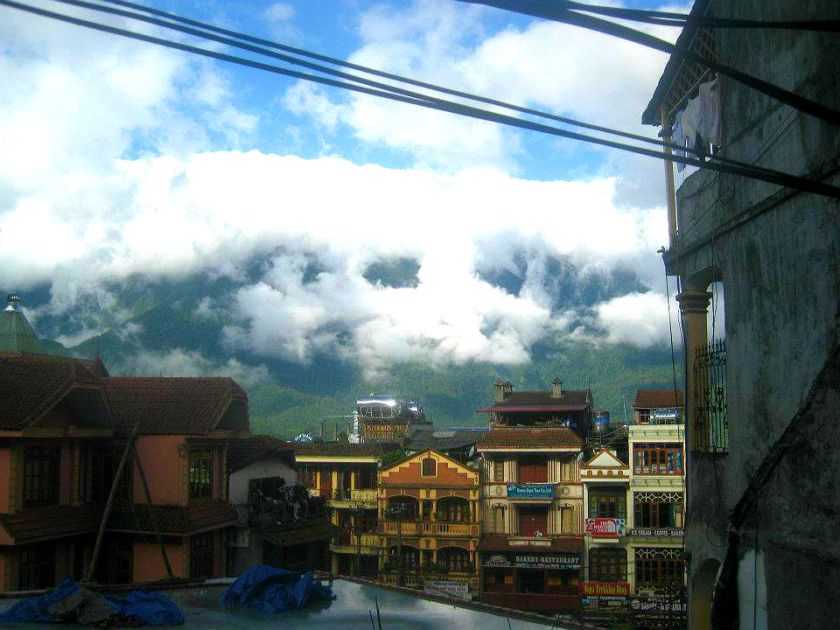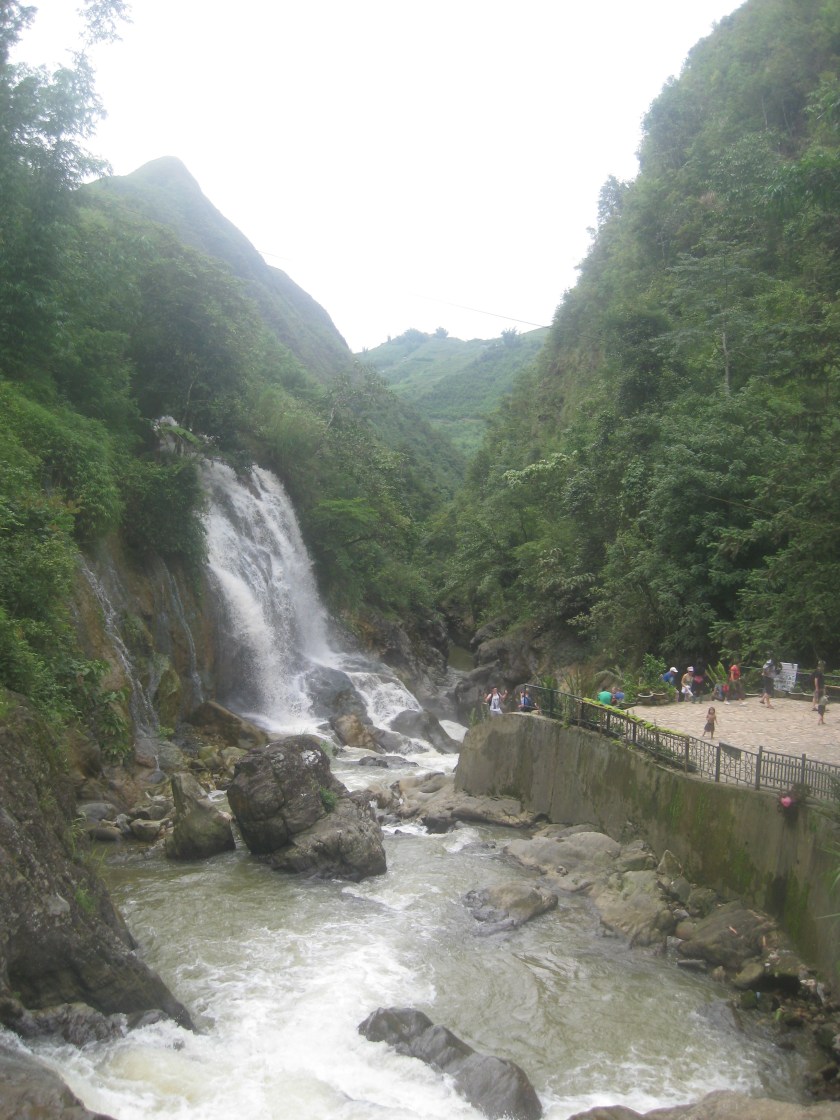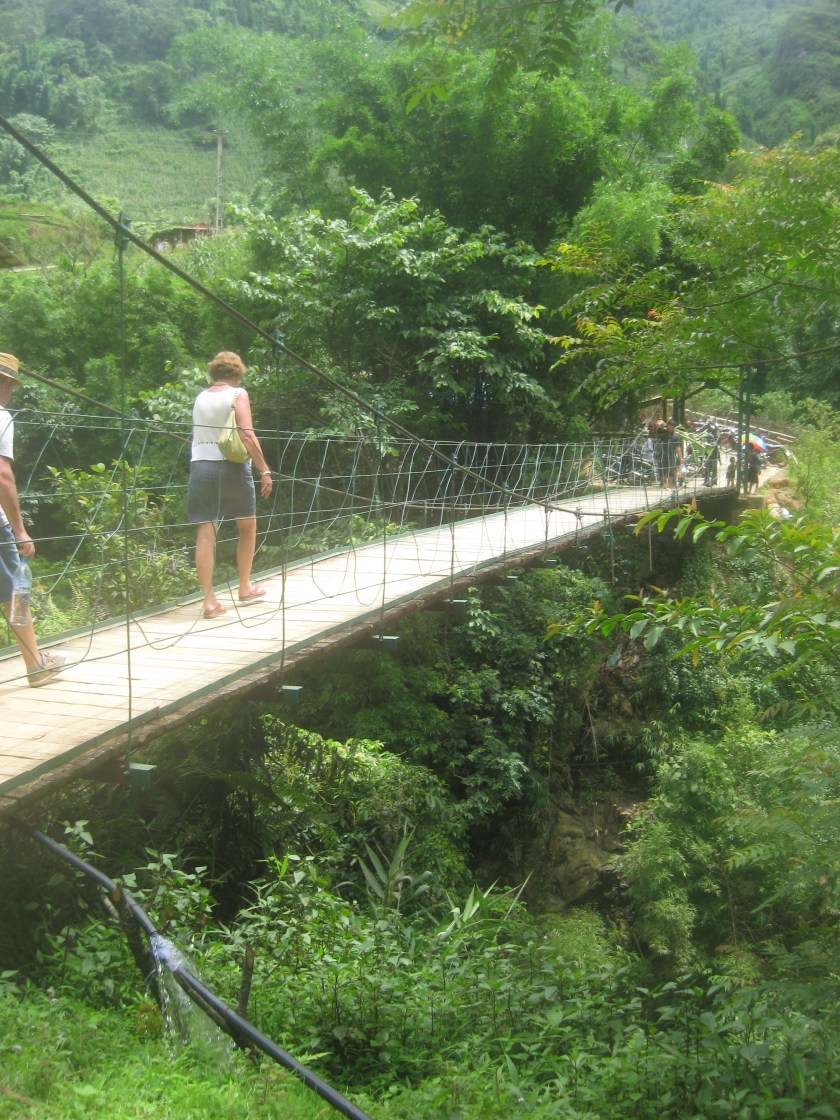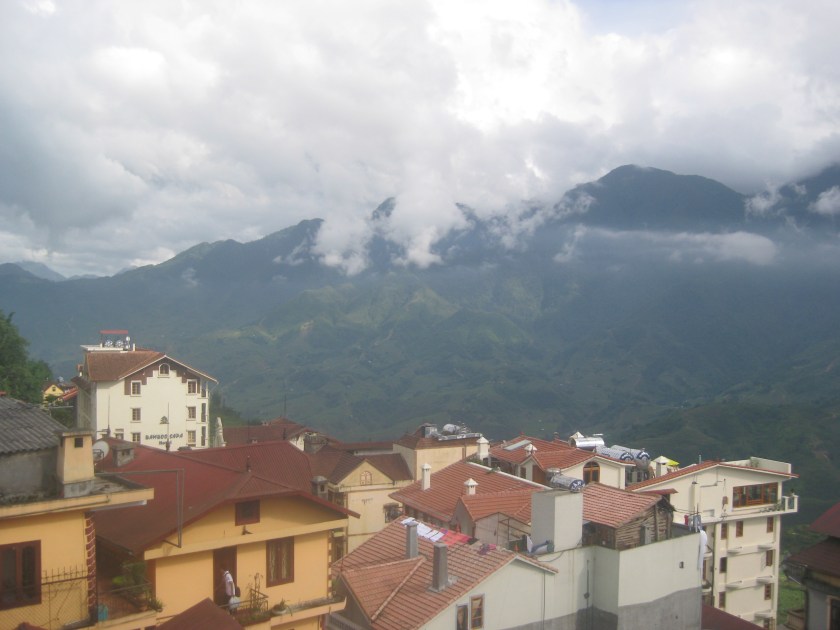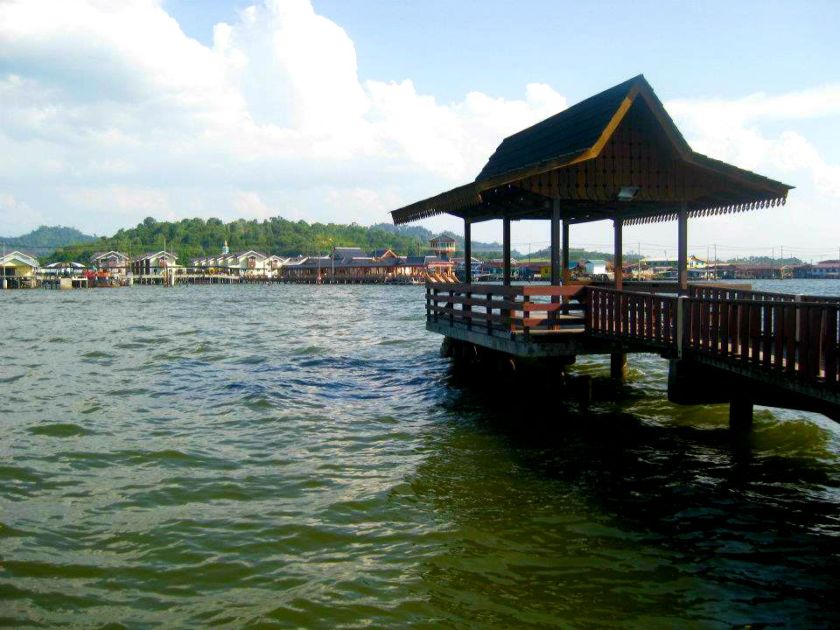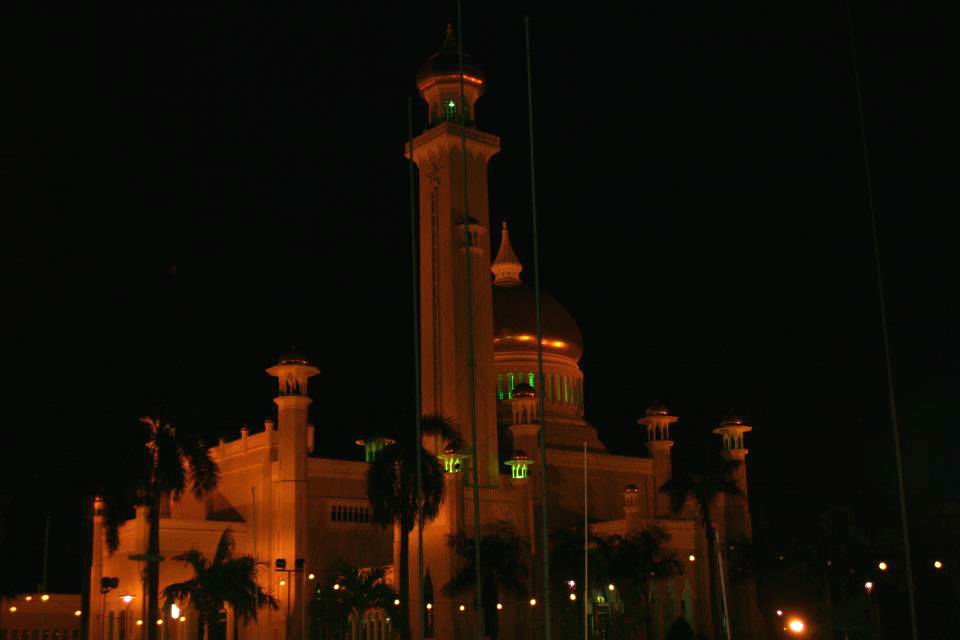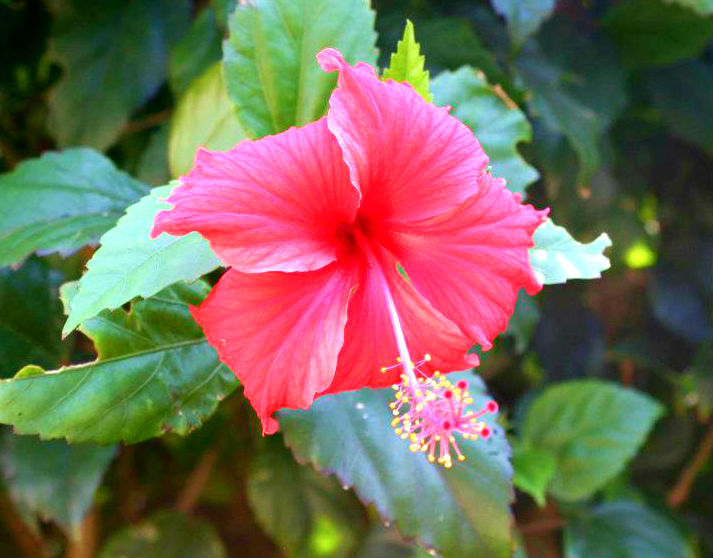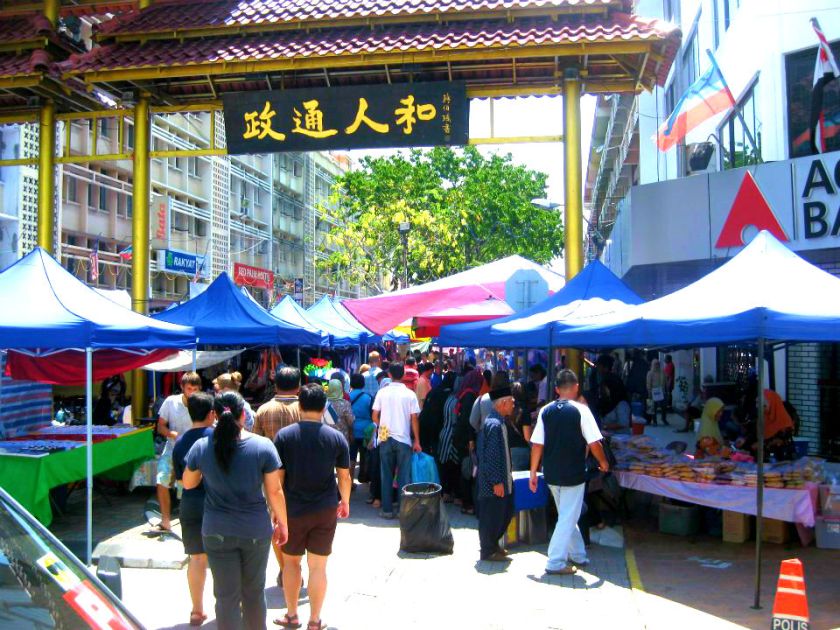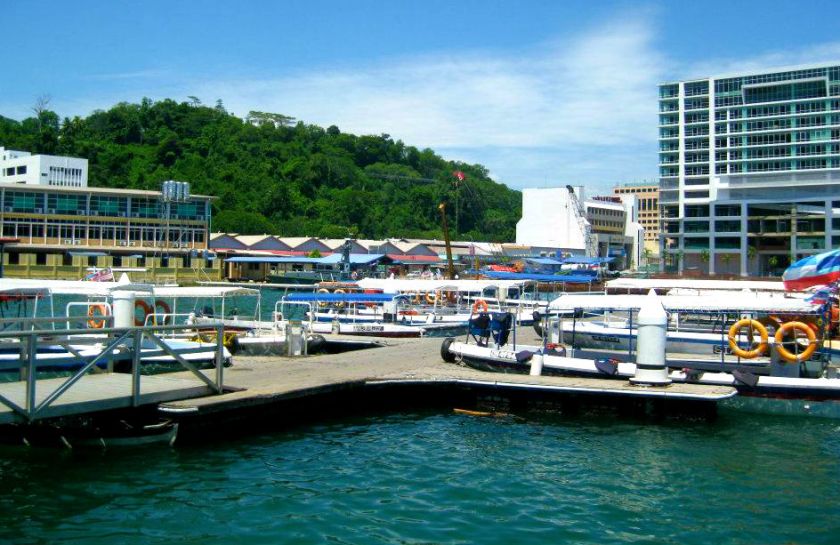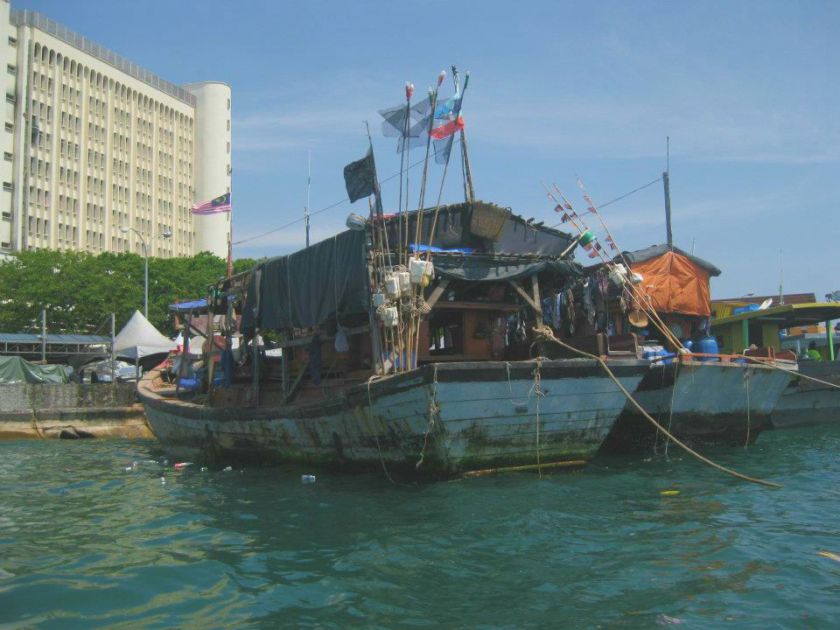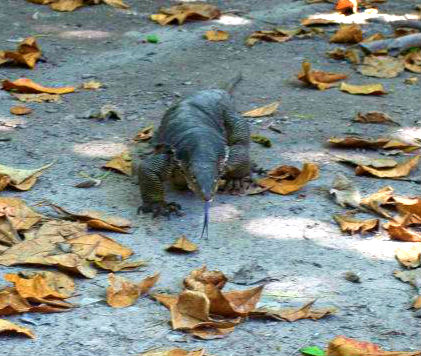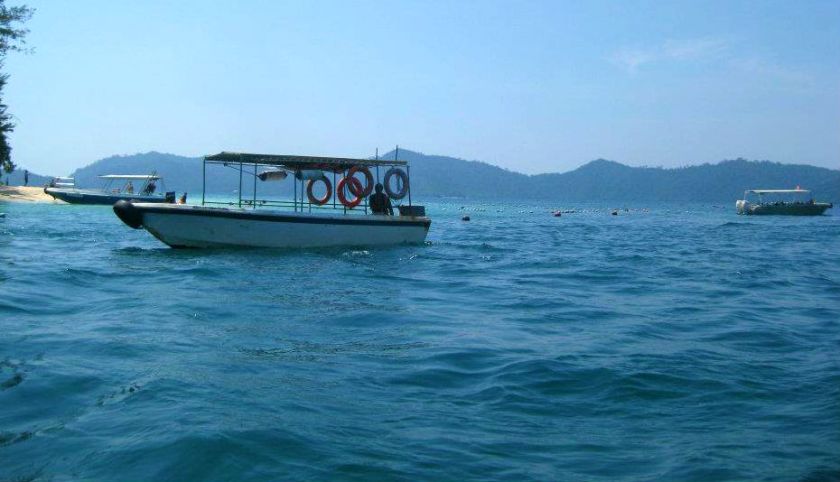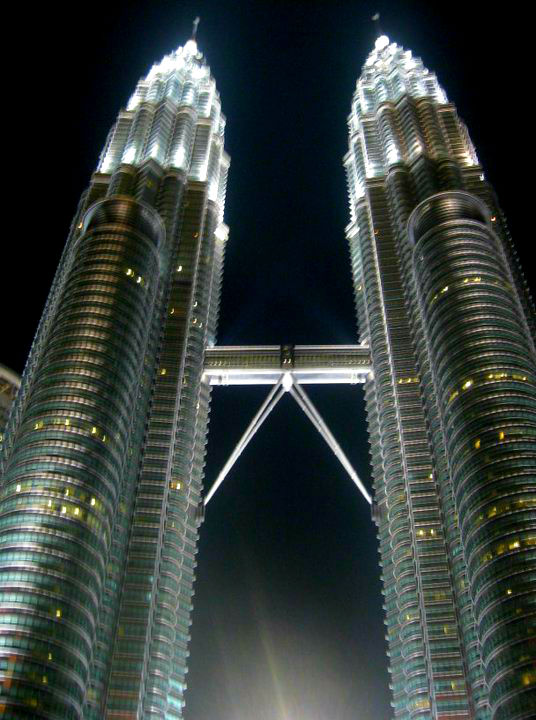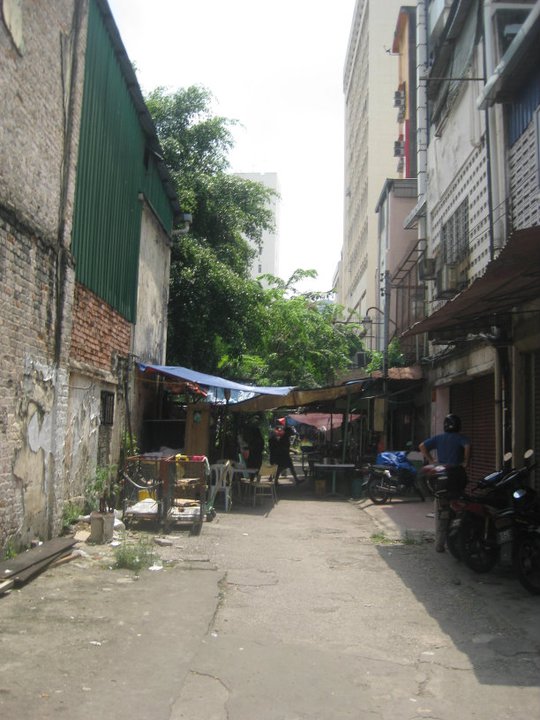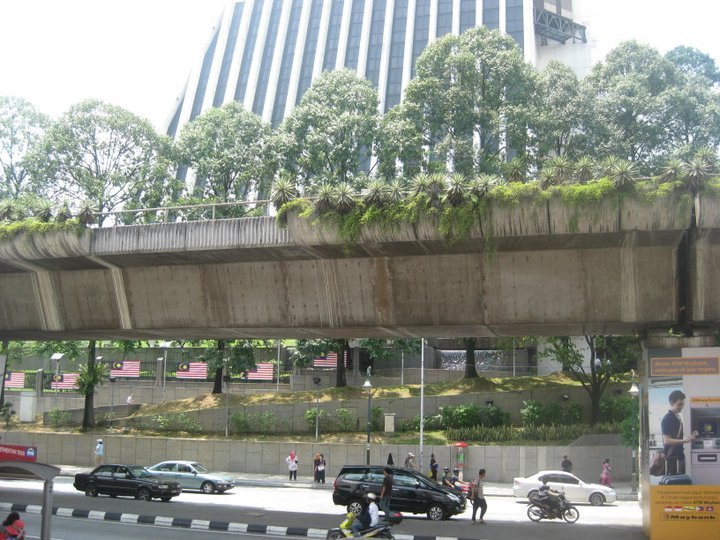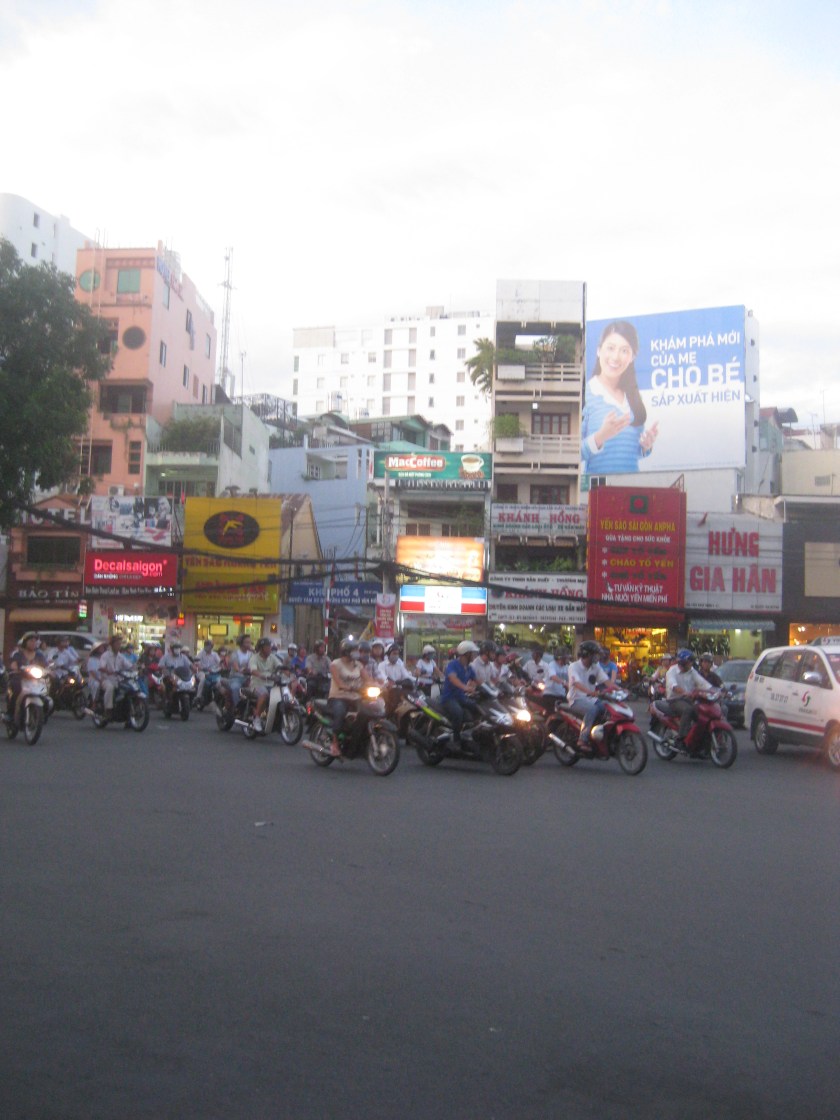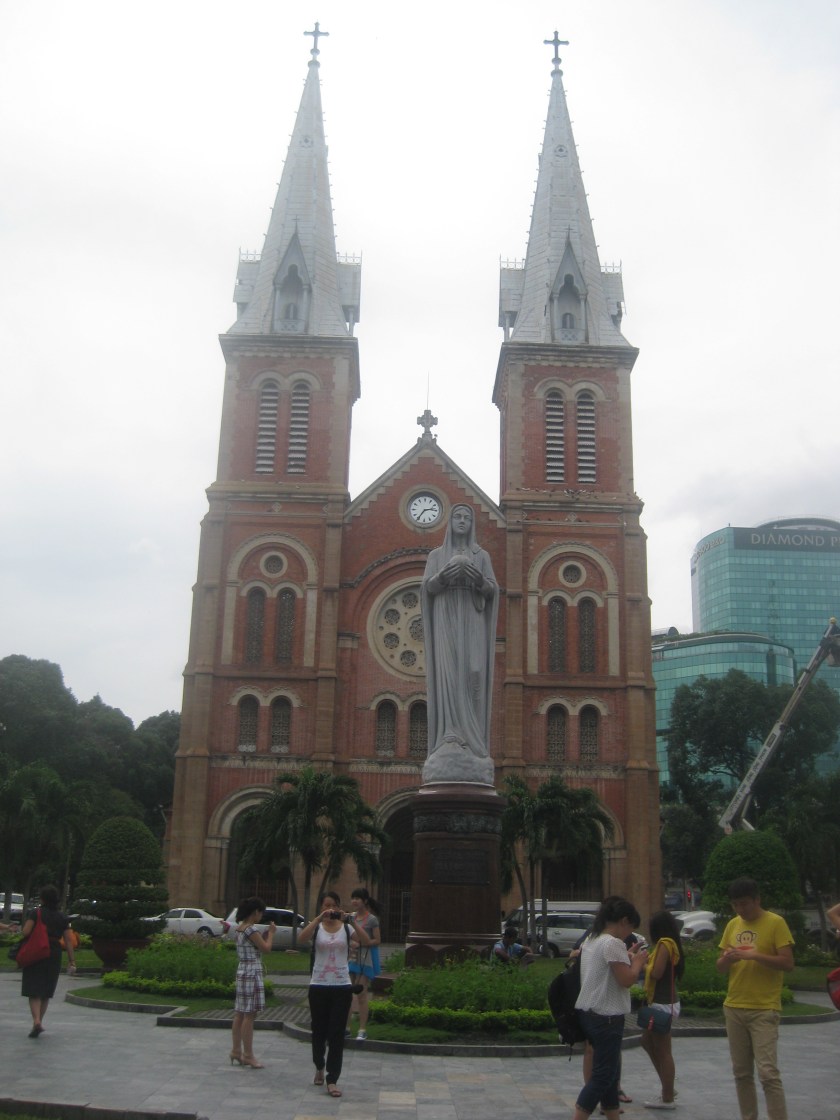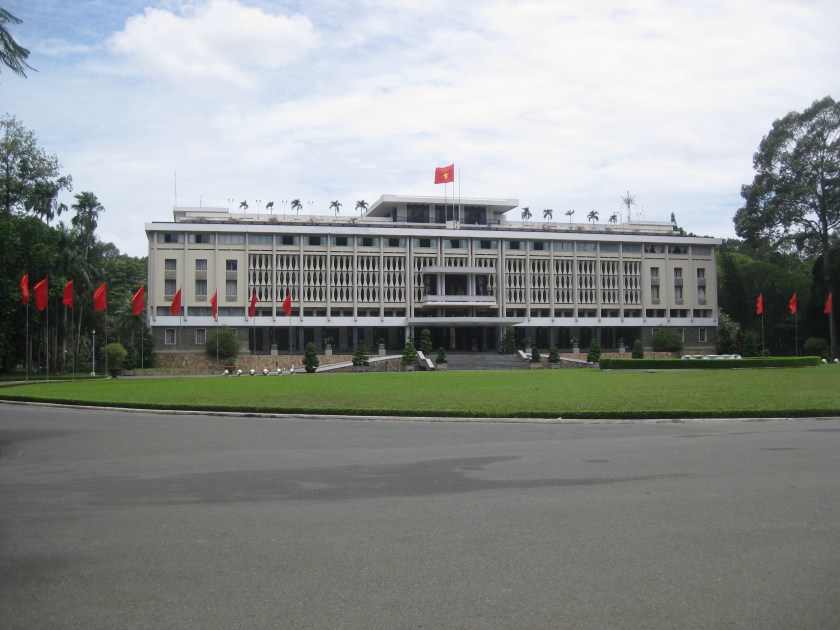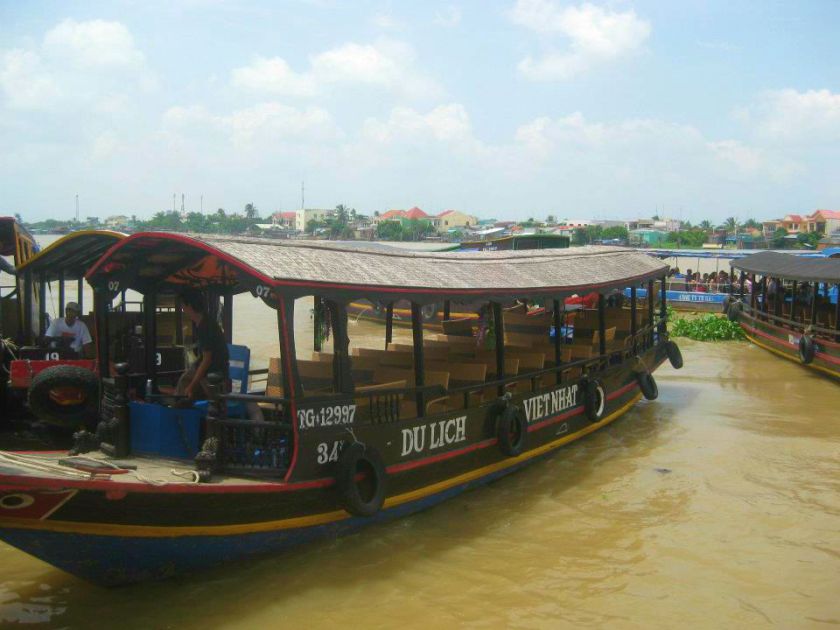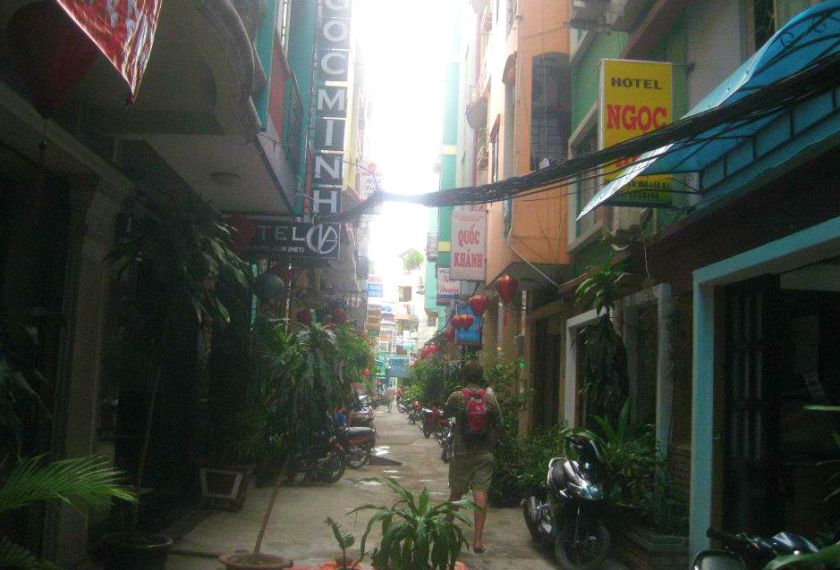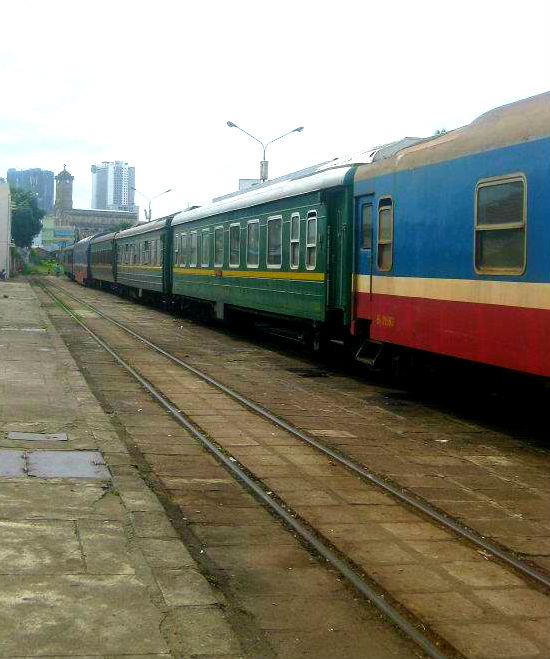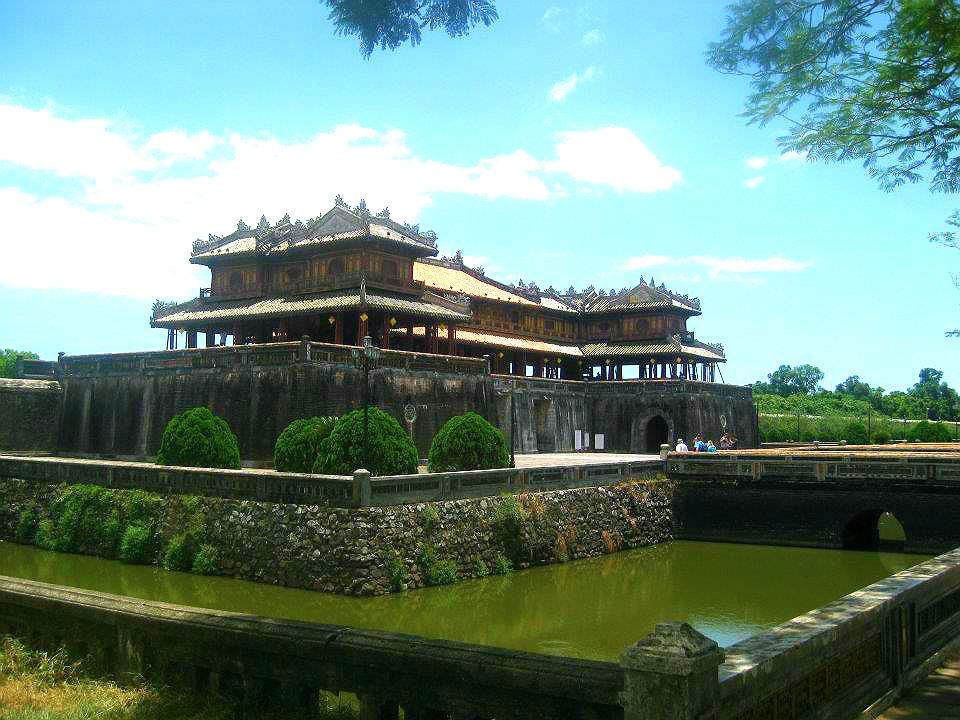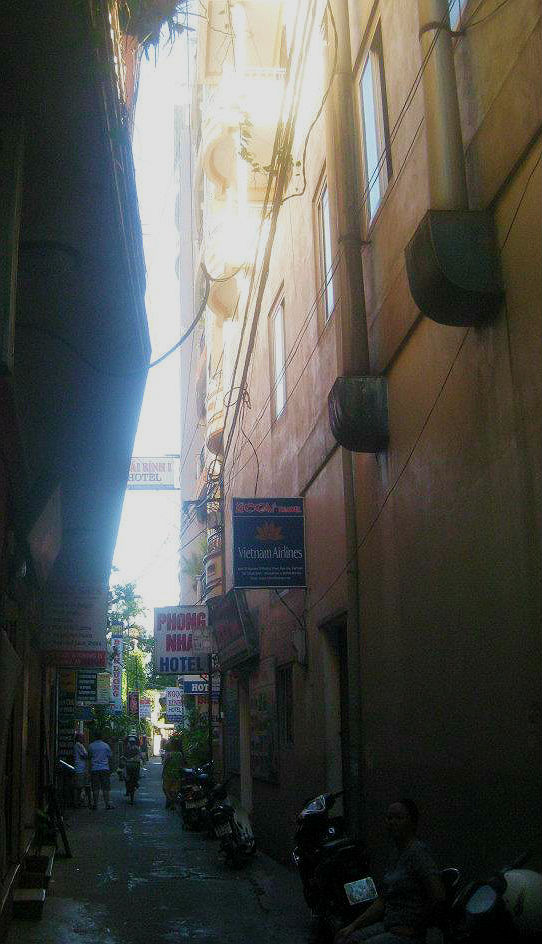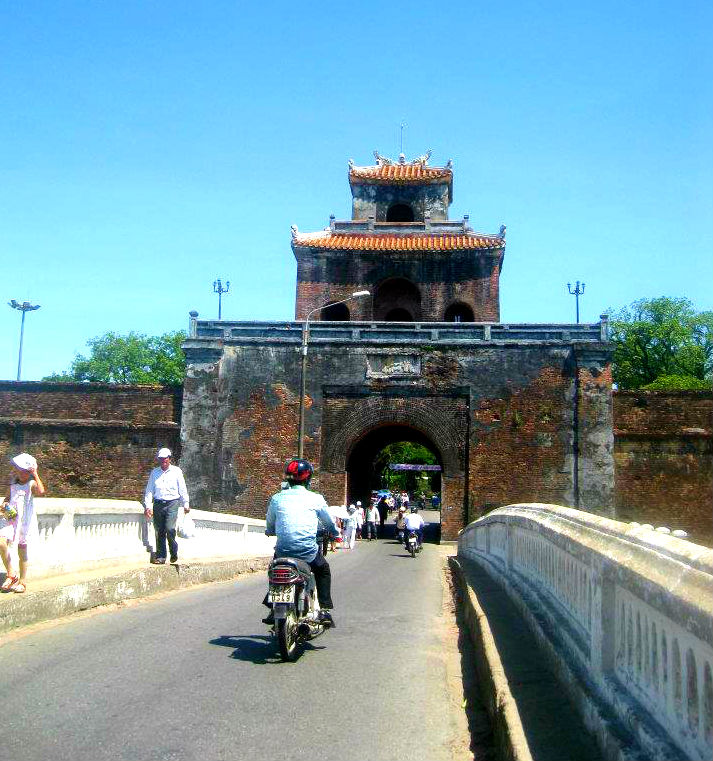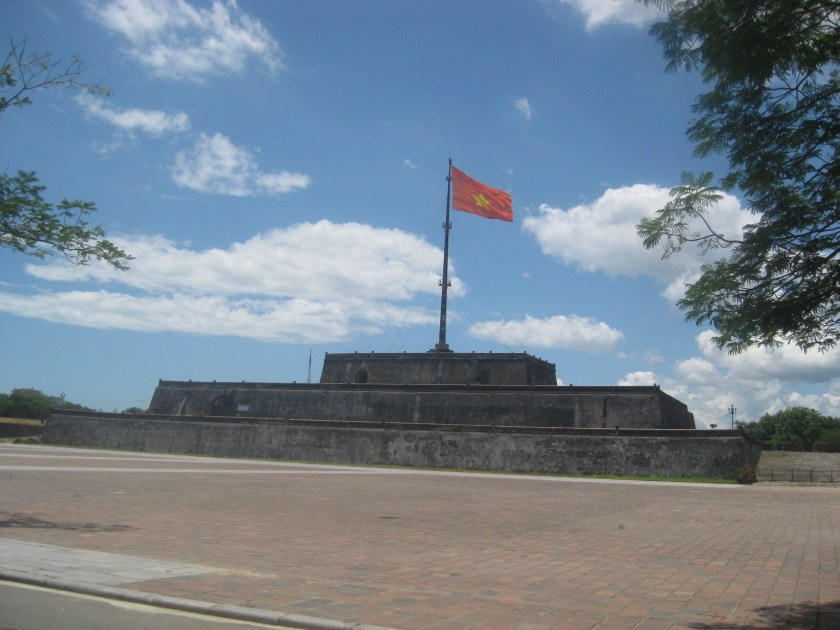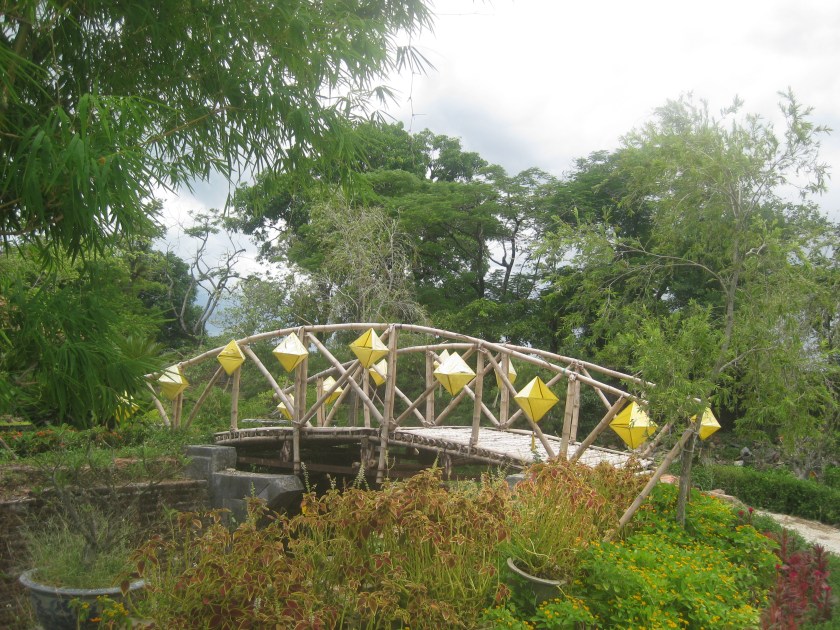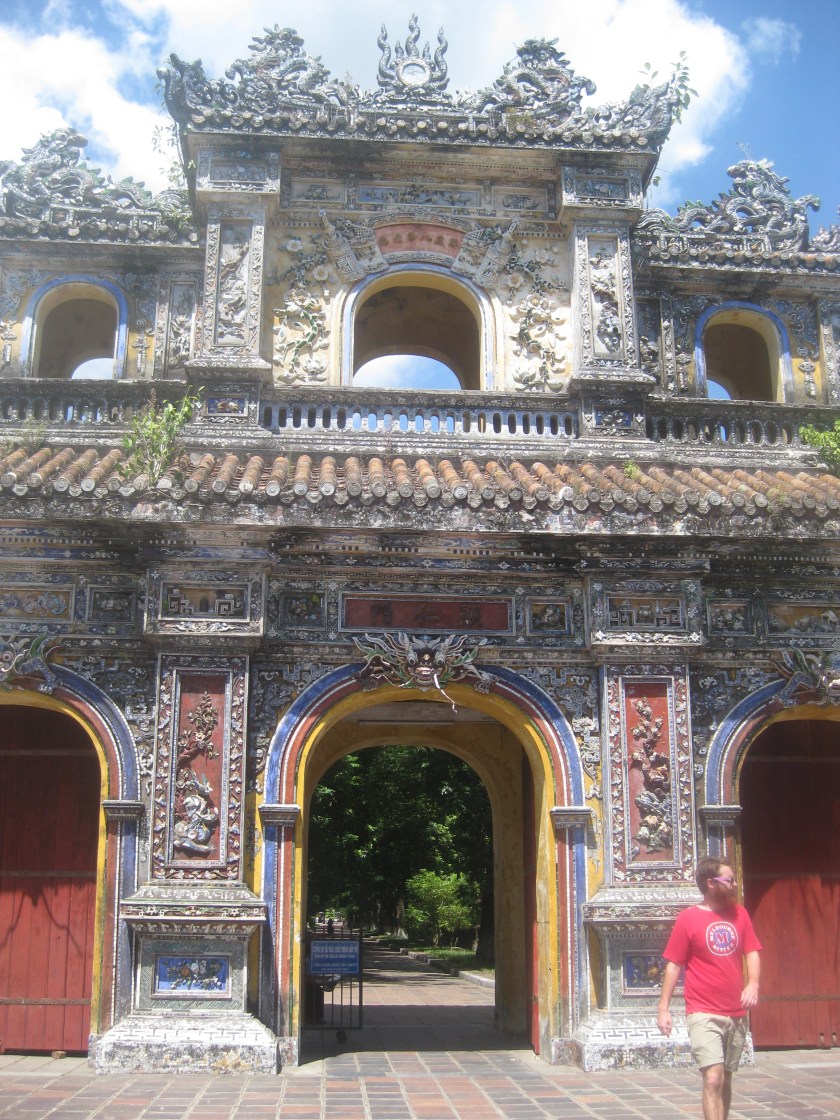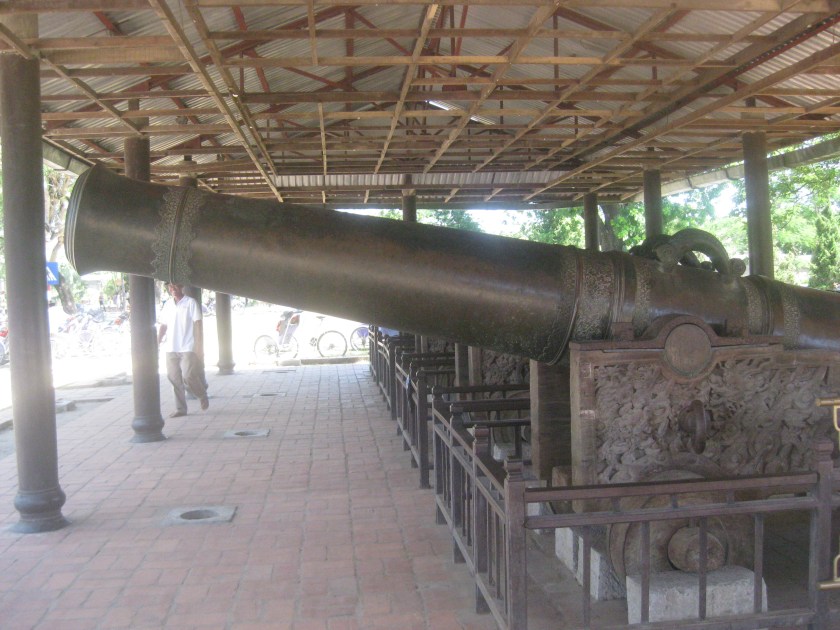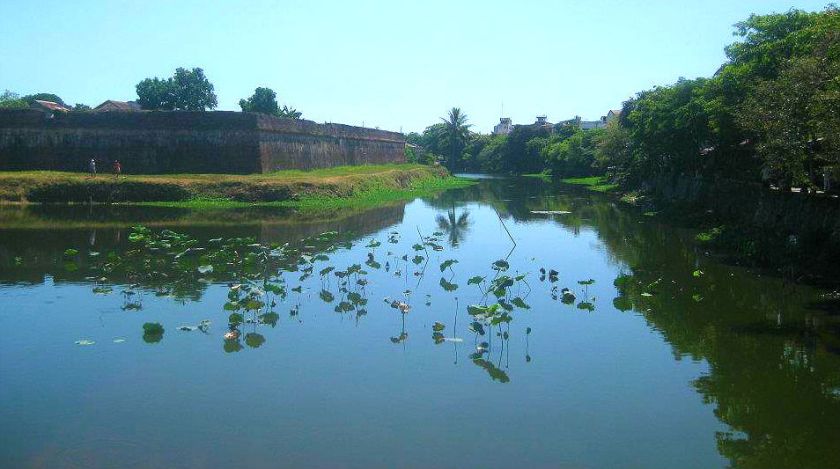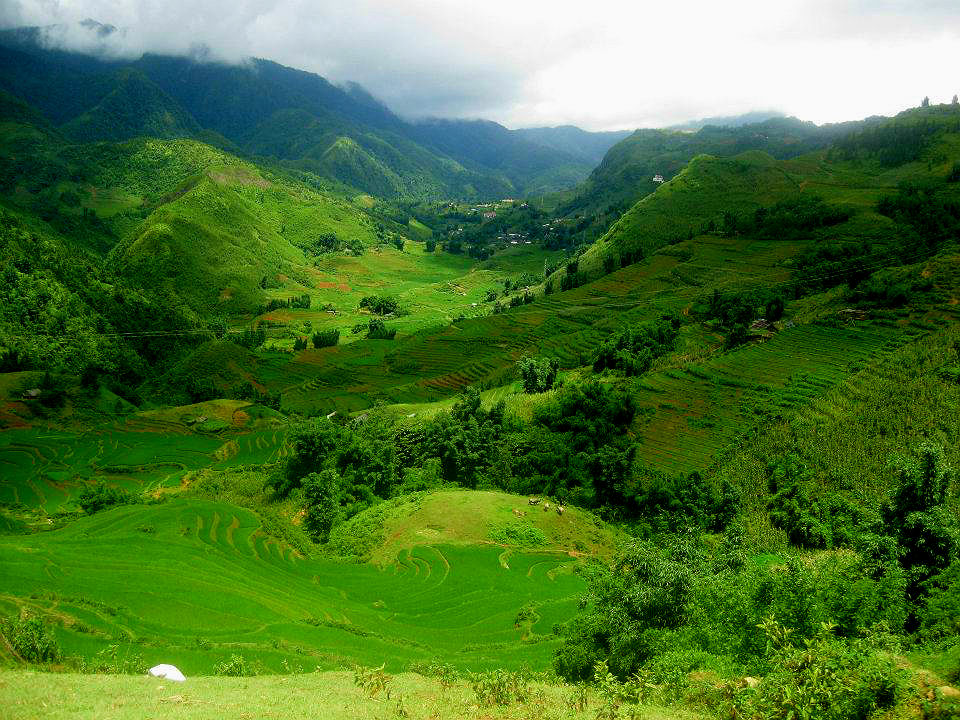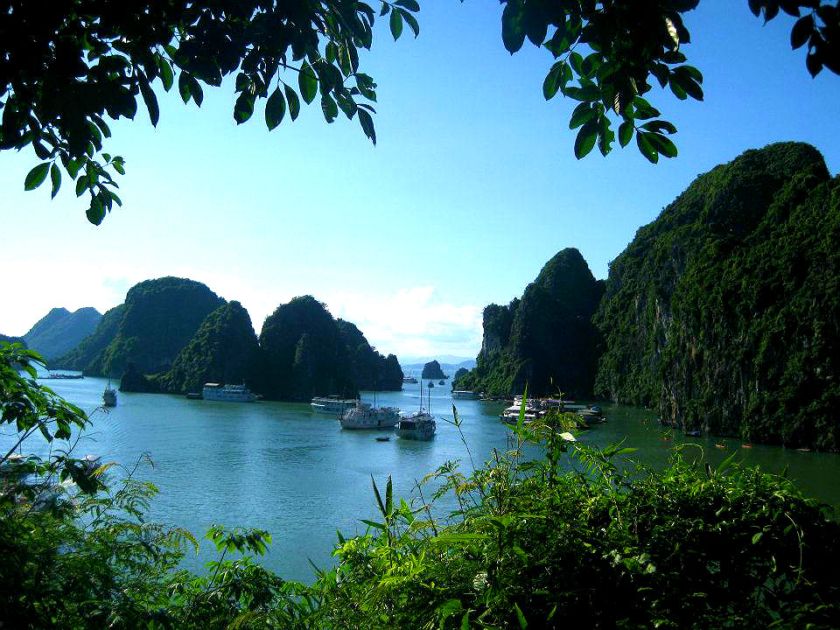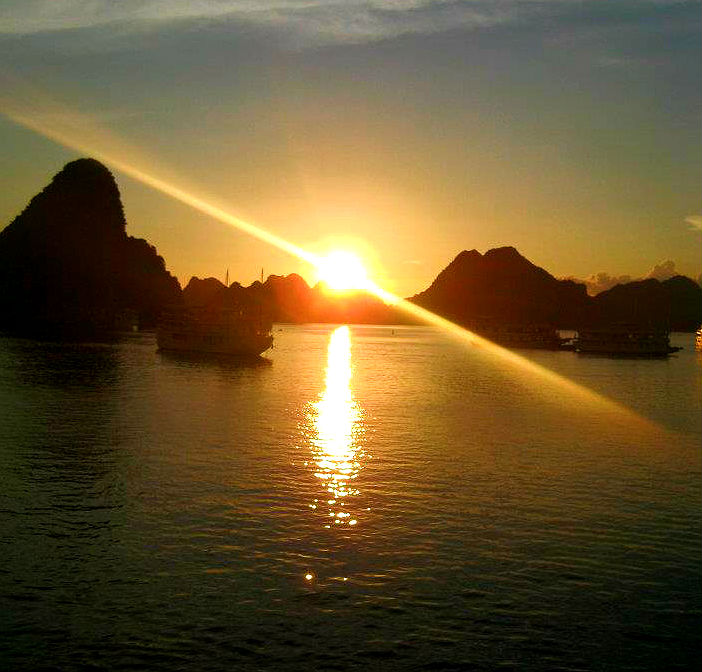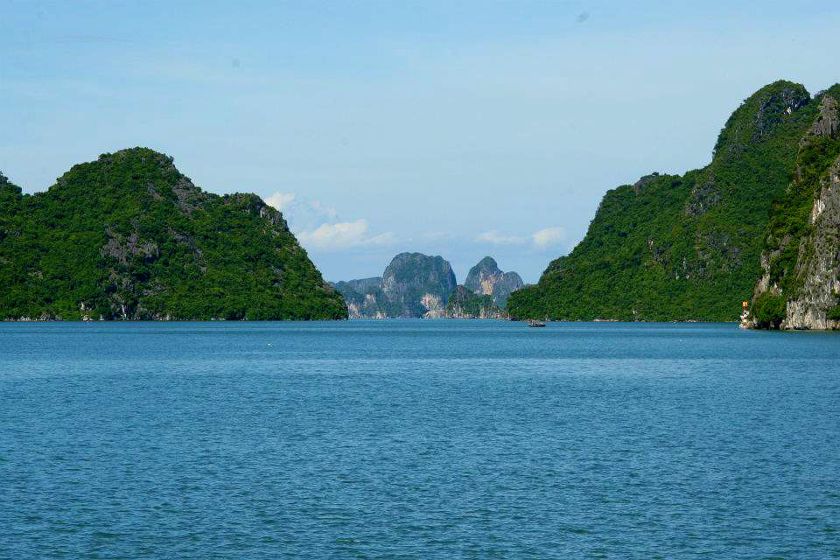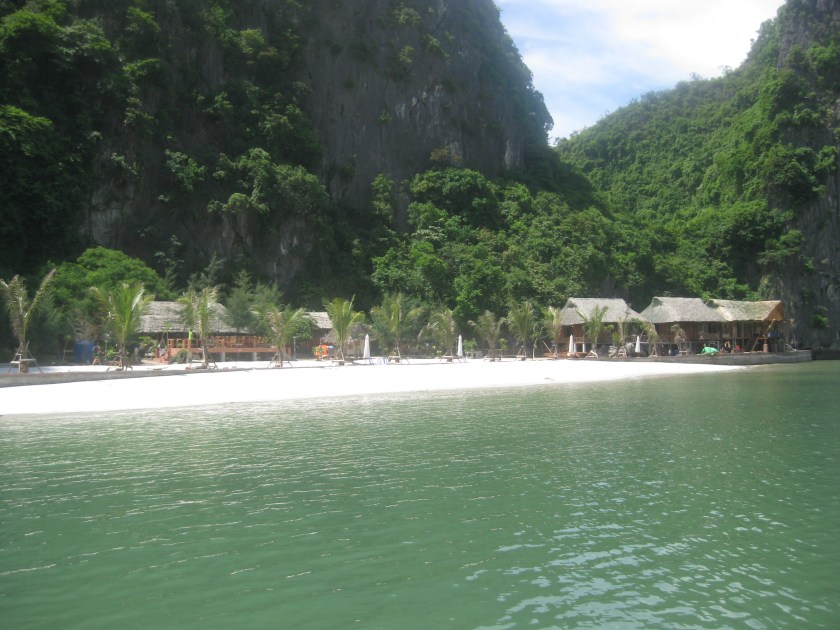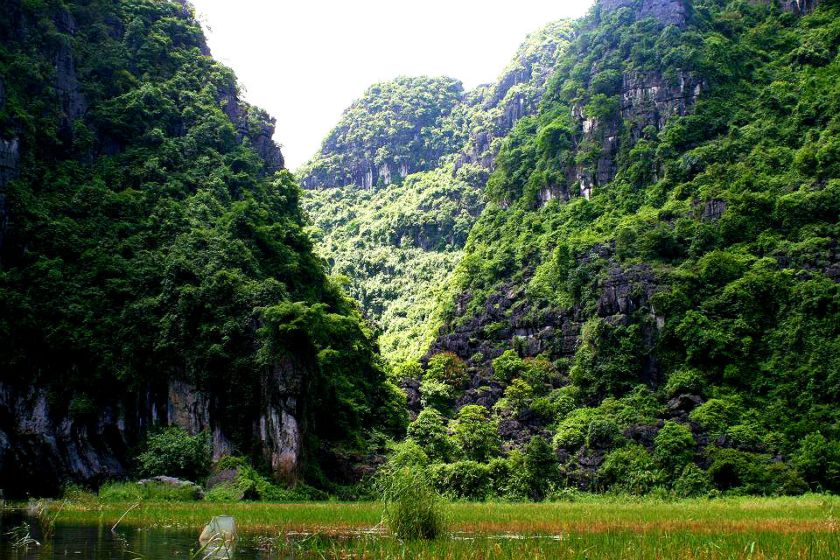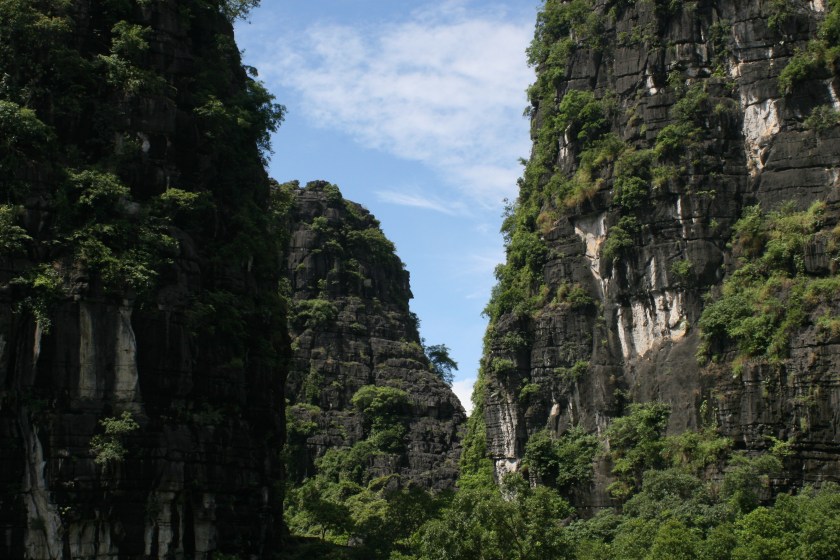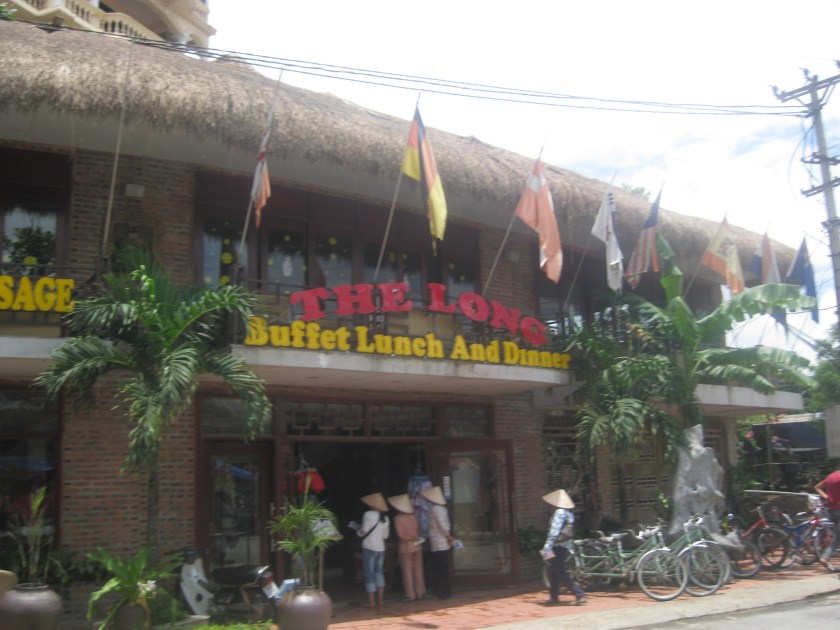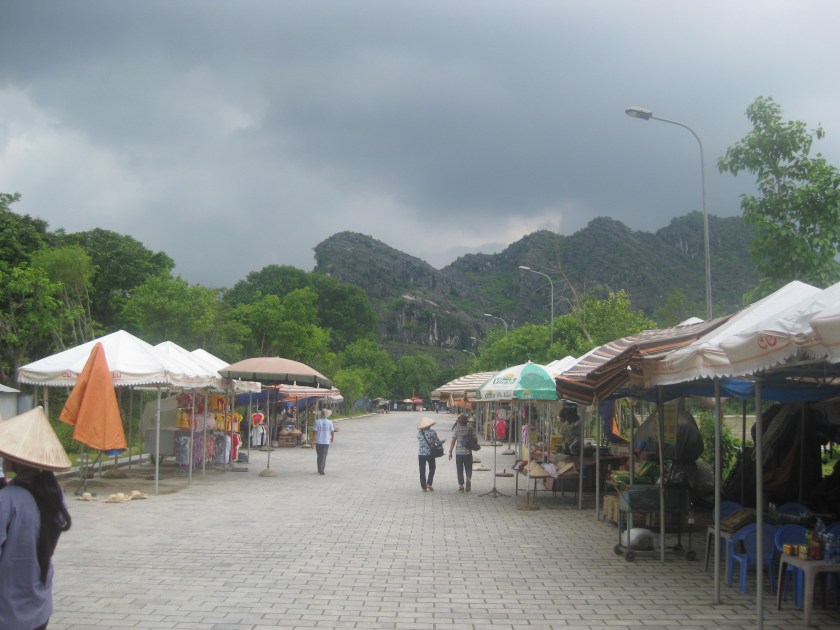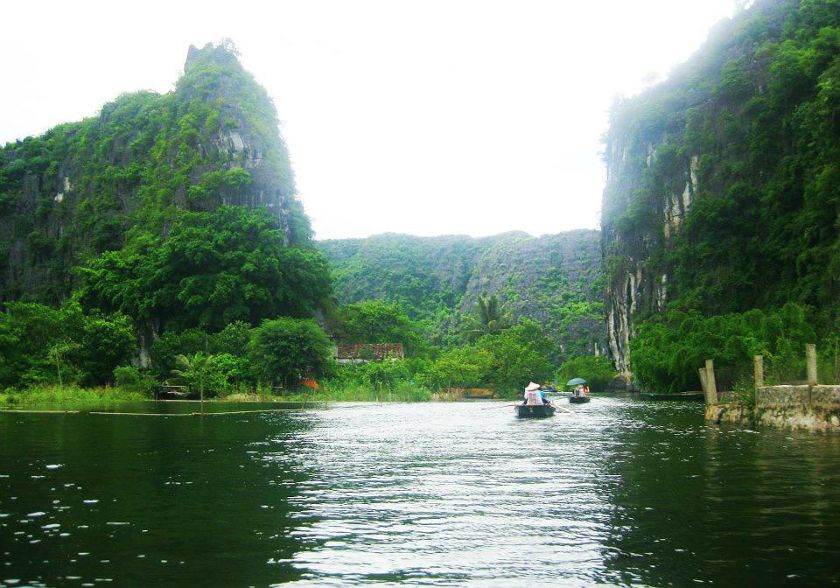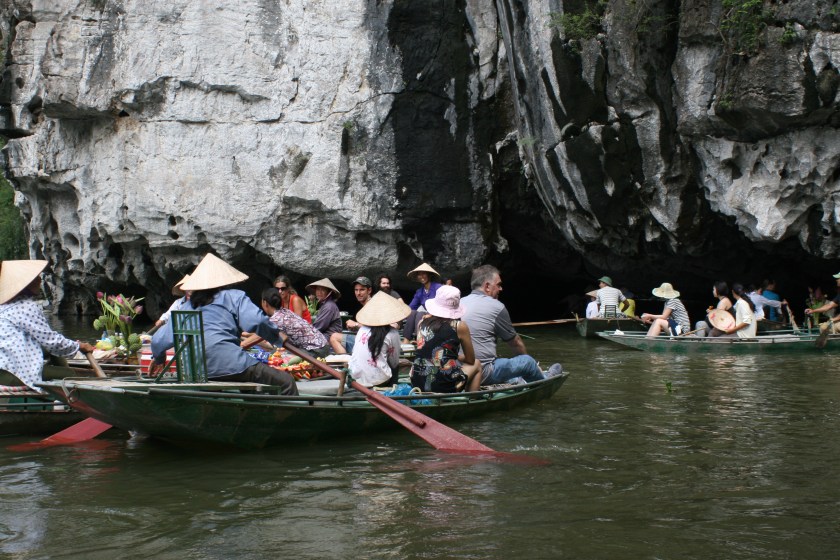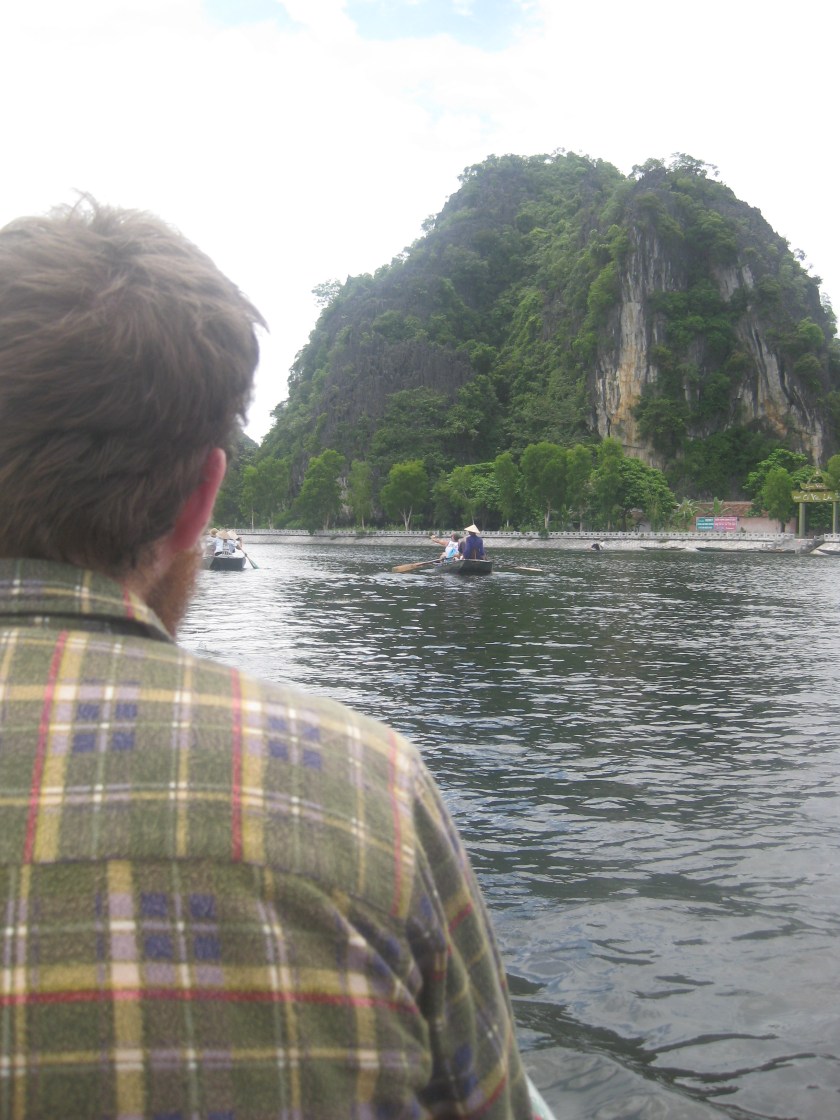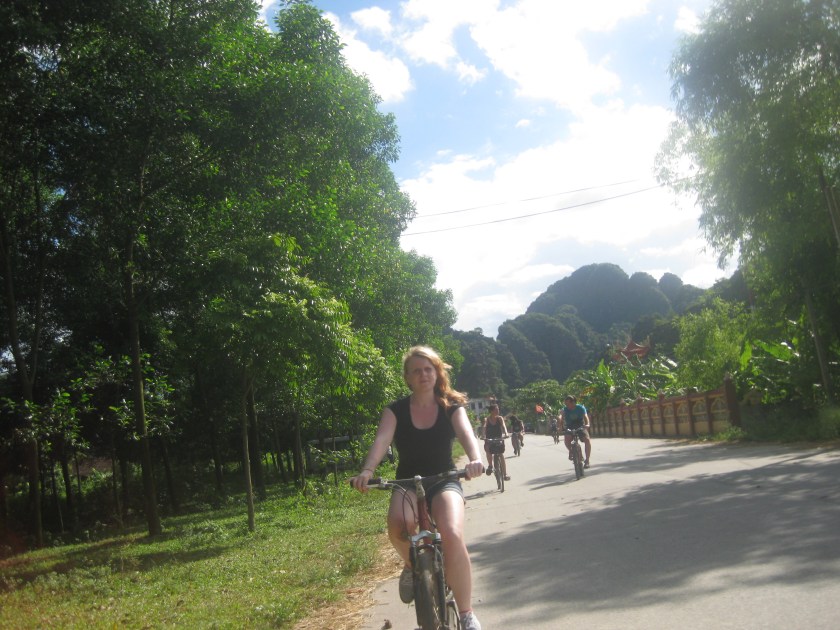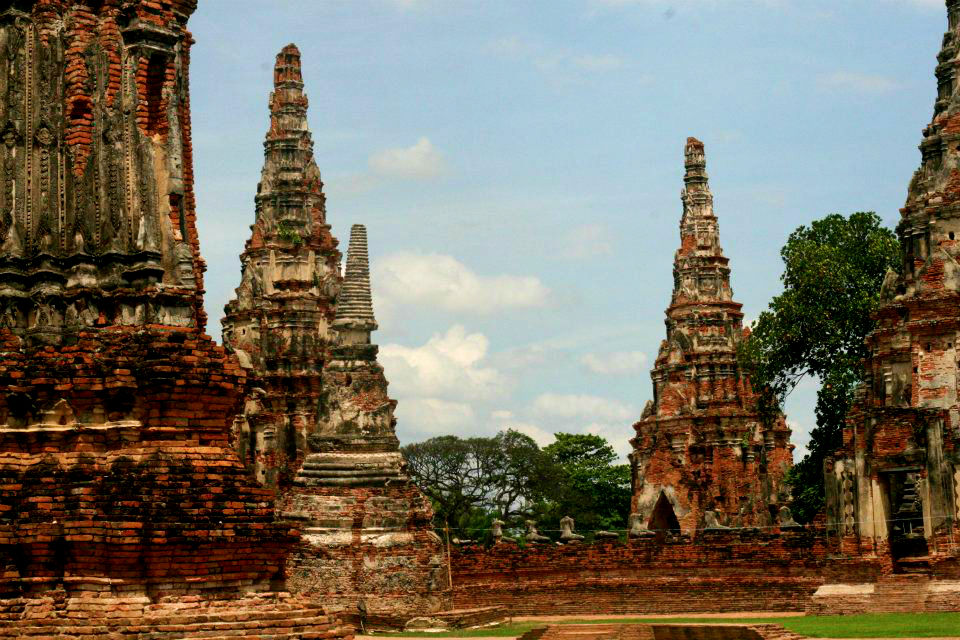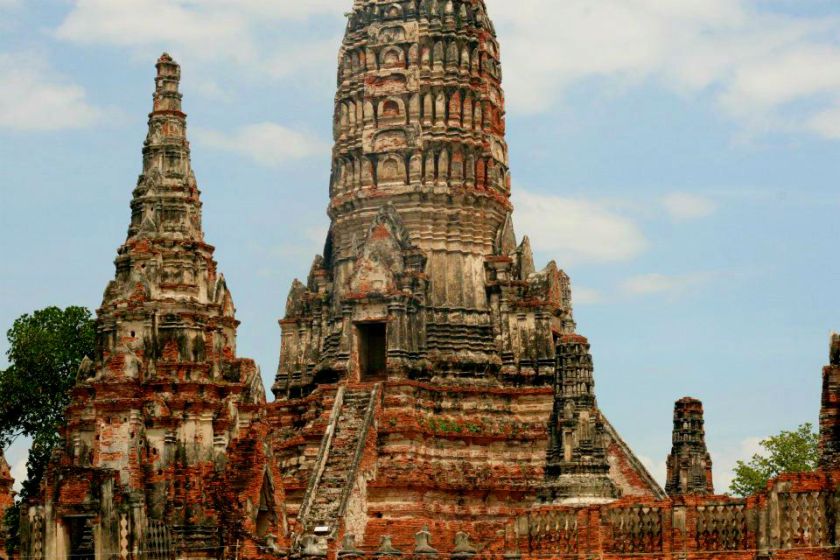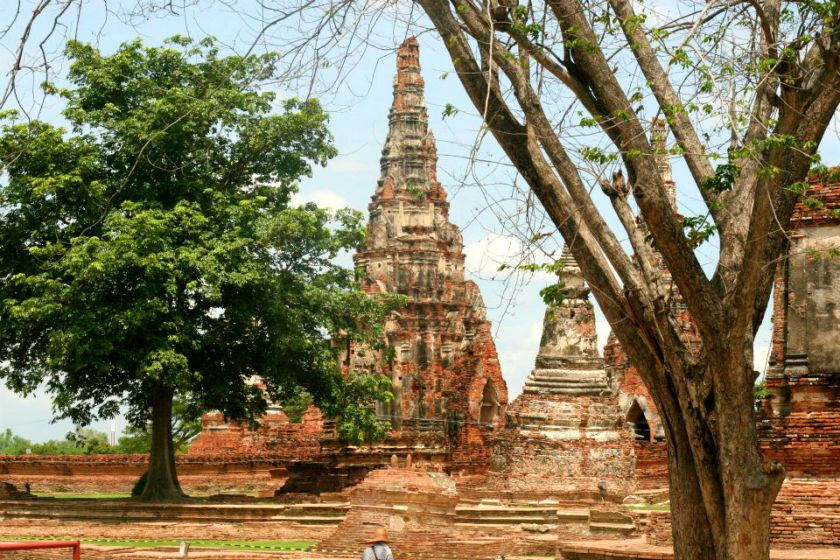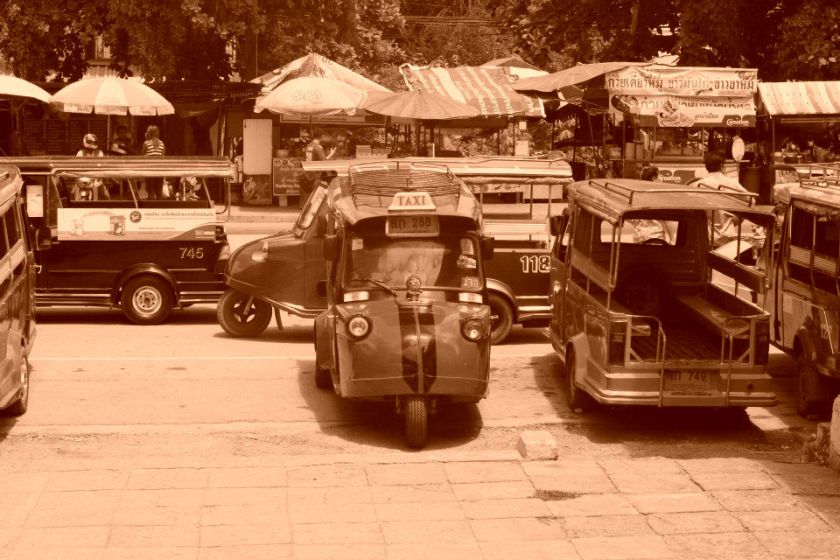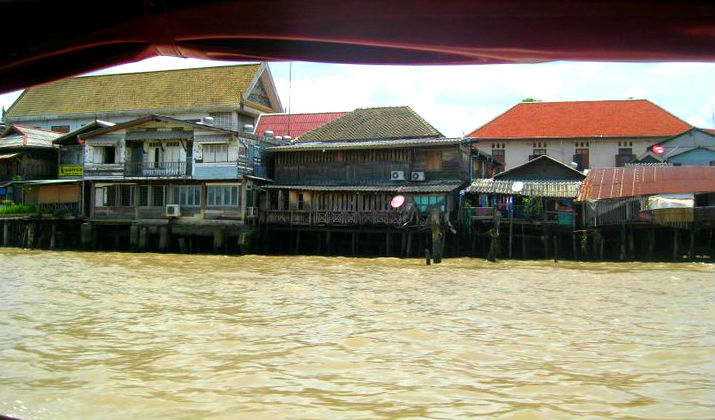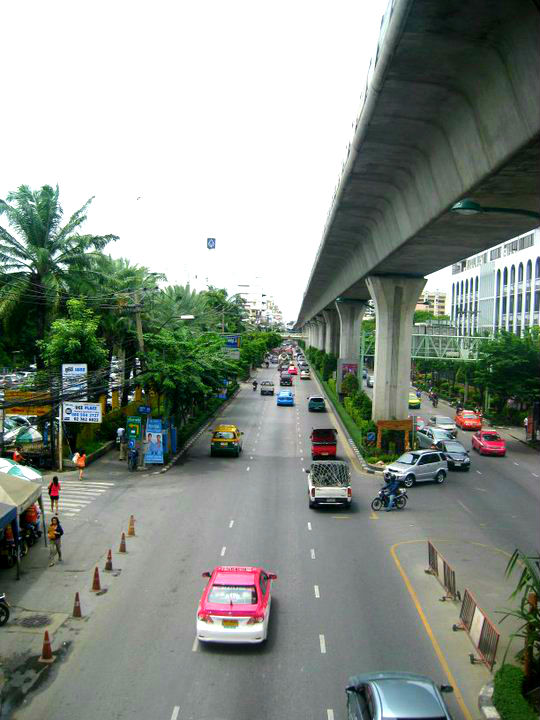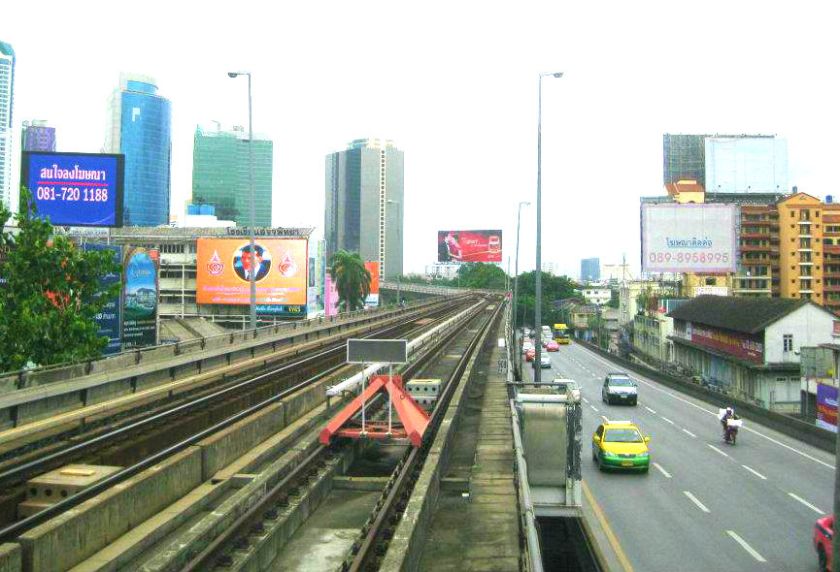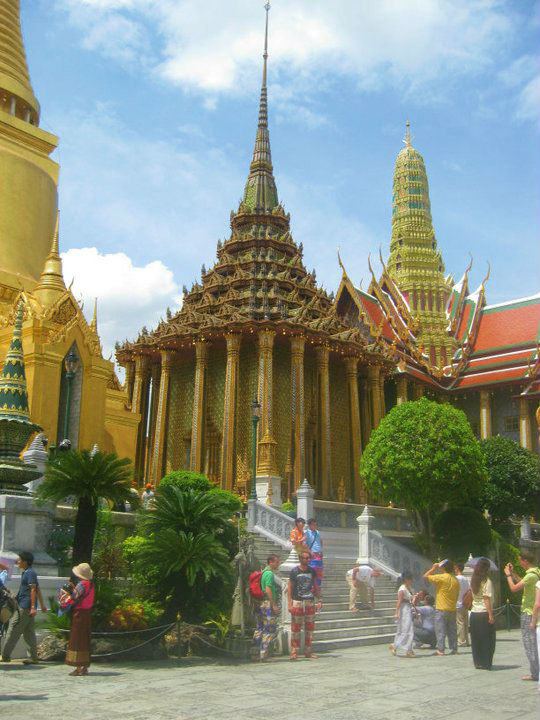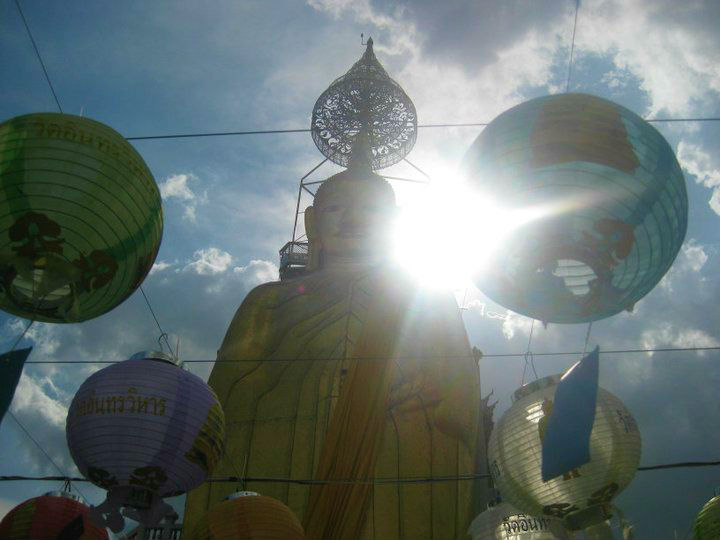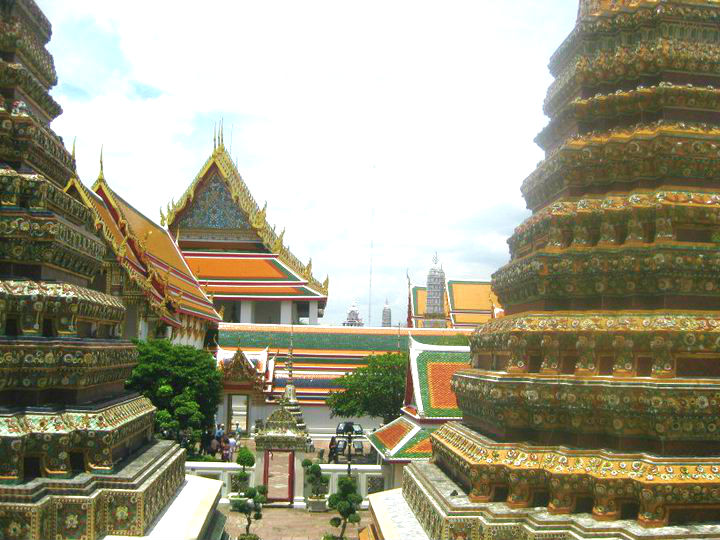
SaPa
With the extreme beauty and dramatic landscape, it is easy to see why SaPa is said to be the tourism center of the northwest of Vietnam. Our visit to this gorgeous place, left me in awe. SaPa is an absolute dream to explore.
SaPa is 380km (236miles) northwest of Hanoi, located in the Lao Cai district and close to the border of China. The town of SaPa is described as a quiet mountain town and home to a diverse range of ethnic minority groups. There is a great connection between the people of SaPa and their surrounding land. The town of SaPa sits at an elevation of 1500 meters. The region is dominated by the Hoang Lien Son range of mountains. Within this range, the highest mountain of Vietnam, Fan Si Pan is located here, at 3143m above sea level! Very impressive. The Hoang Lien Son mountain range, is the eastern extremity of the Himalayas, so amazing.
SaPa is home to a unique place of biological diversity, as the geological location and climate is able to support a great range of fauna and flora. Some of which is only found in the north west of Vietnam! Due to the high biological importance, the Hoang Lien nature reserve was made into a national park, the park includes the majority of the mountain range to the immediate south of SaPa. The beautiful souls of the people in SaPa and the natural beauty of SaPa made this travel experience so special. SaPa is a highlight of my travel adventures.
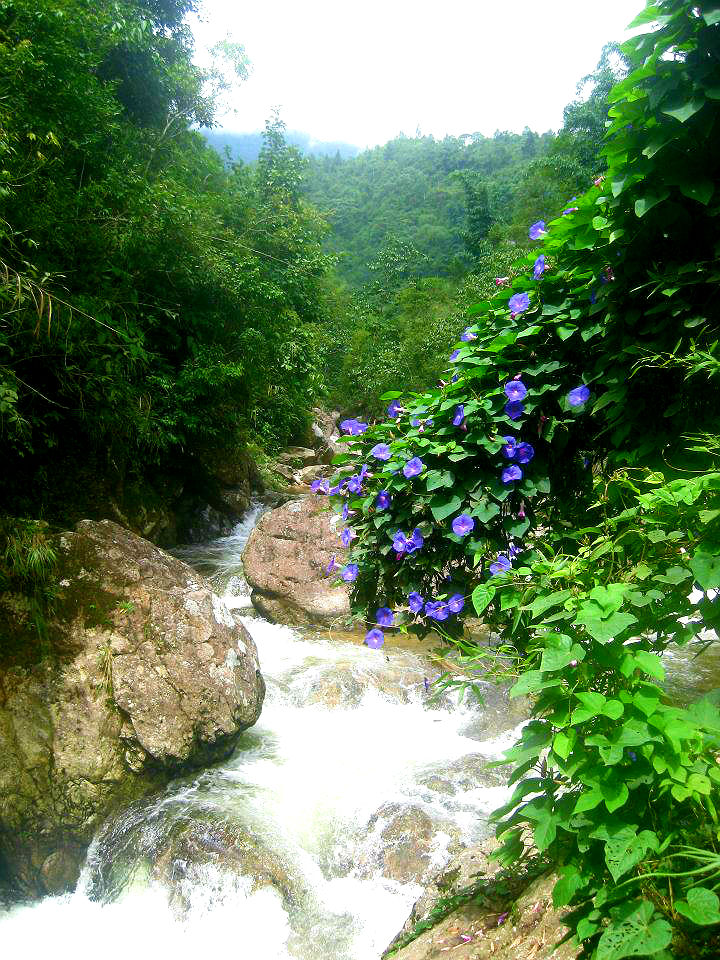
Overnight train
As we were based in Hanoi, we took a two night, three day tour of this magical location. Plus, two nights traveling to and from Hanoi. We were picked up from our guest house in Hanoi and transferred to the Hanoi rail station, where we boarded the overnight train to SaPa. Now, I have to admit this train journey was terrifying! Our cabin was fine, as we were traveling in a group of four, we were placed in a four bed (two bunkbeds) wooden cabin with air conditioning. We had brought some snacks and drinks to enjoy the train journey, however I had to stop drinking due to the constant violent rocking and loud screeching of the train, which made me afraid and the fact that I couldn’t see where we were going made this even worse. This fear was irrational, no one else in the group was scared (there was no need to be) the train was perfectly safe! Anyway, I did not get much sleep and was so happy when we arrived at the Lao Cai train station.


Trekking the rice terraces
From the Lao Cai train station we were taken by mini bus to SaPa ( a 5o minute drive). Once we arrived at the town we were able to take showers before sitting down to breakfast. After breakfast, we began our trek from SaPa town. The views at the beginning of our trek was already so incredible, but continued to become more breathtaking the further we went into the mountains.
Our local guide, took us south east of SaPa, along the side of the Munong valley to the Y Linh Ho village of the black H’Mong. This section of the trek took us to lunch time, here we enjoyed a lunch with a local family, made by them. After lunch, we continued on our trekking adventure through the terraced rice fields. The sights during our trek were spectacular. Late afternoon we arrived at the Ta Van village of the Dzay people.



Homestay
For night two, we were warmly welcomed by a family of the Dzay people in the Ta Van village for an overnight stay at their place. For the night we stayed at their traditional wooden house and we all shared stories about our lives, learning from each other. We learnt from them about the daily life in this pretty village, and their family traditions. We shared a great meal with the family, there was a lot of talking and laughter. After dinner, their children were put to bed and we all stayed up playing board games and drinking rice liquor, the laughter continued well into the night. This was a really enjoyable experience! This was my first homestay and I would do one again.
Waking up the next day to mountains views was so dreamy. The Ta Van village is absolutely stunning.
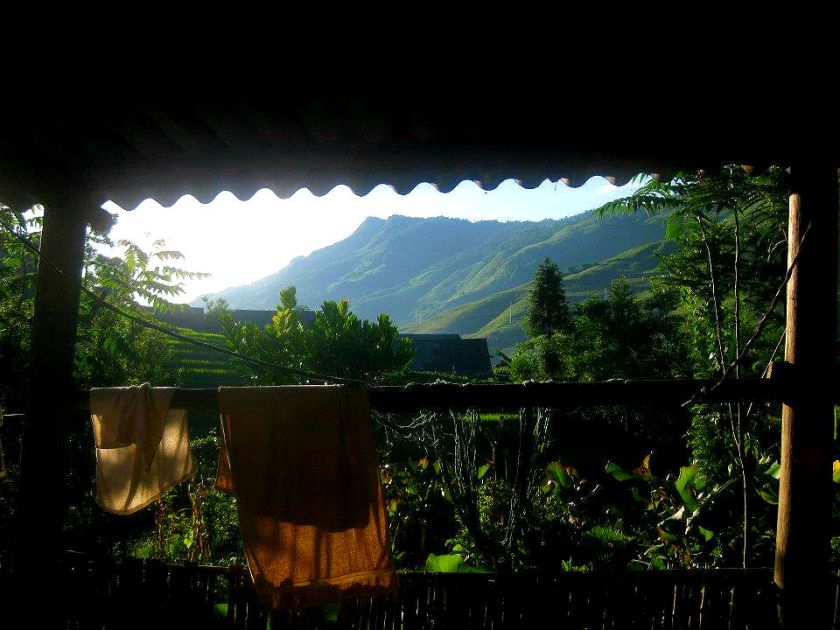
Waterfalls and bamboo forests
We left the Ta Van village and continued on, trekking down to the south-west of SaPa to visit two more villages. The first part of this journey, was trekking through some gorgeous bamboo forests. After the bamboo forests we reached the Thac Bac- silver waterfall, the view was so majestic. The water falls down from a height of more than 100 meters. Next, we walked over the suspension ratten bridge! We then reached the Giang Ta Chai village where we met some of the red Dzao people.
After the Ta Chai village we crossed the Muong river up the mountain to visit our last village. This was the Supan village of the H’Mong. We connected with more local people before finishing our amazing two day trekking journey! From here, a mini bus took us back to the main village of SaPa.

SaPa town
When we arrived in SaPa we were able to check into our hotel, and have the night to explore this charming place. The architecture of the buildings is so stunning and exploring the local stores and markets is a treat.
The next morning, we met up with another local guide who took us for a short walk downhill to visit the beautiful orchid gardens and pine forests. Next, we stopped by the small village of Suoi Ho. We continued our journey, trekking through rice paddy fields looking out to spectacular mountain scenery on our way to Ma Tra. Another great day of exploring before taking the bus to the Lao Cai train station to take the dreaded overnight train back to Hanoi!
Trekking through SaPa is a must do, if visiting Vietnam.
